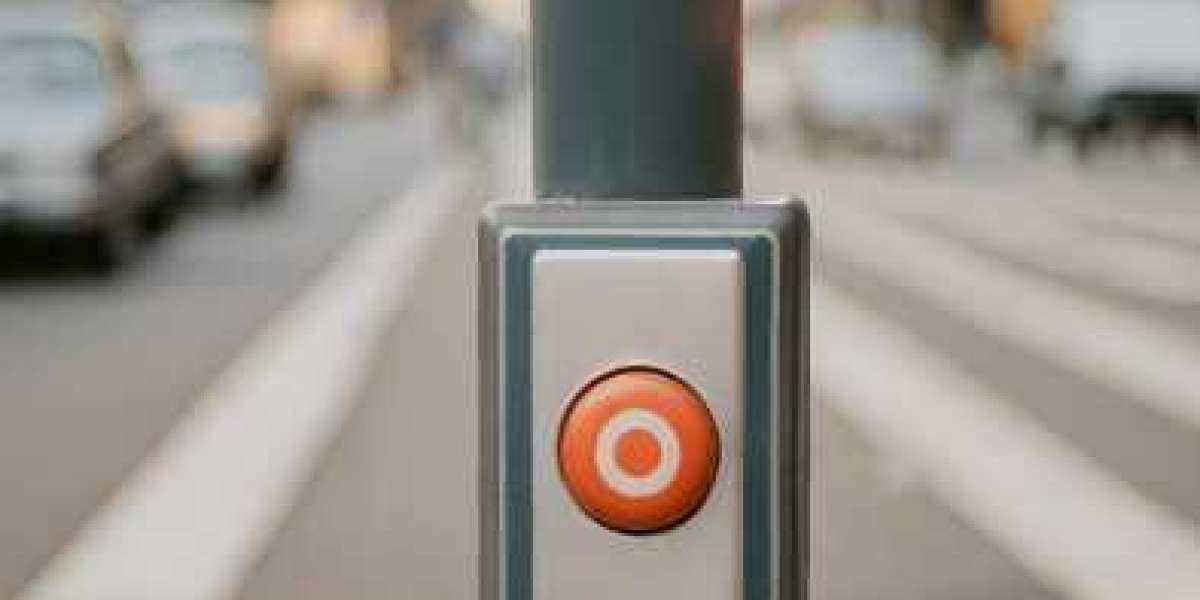Walking is not only one of the most fundamental forms of transportation but also a key aspect of urban life that contributes to the health and well-being of city dwellers. As cities grow and traffic increases, the safety and convenience of pedestrians become paramount. One of the critical tools for ensuring pedestrian safety is the pedestrian push button, a device that has become a staple at crosswalks around the world. This article explores the function, benefits, and technological advancements of pedestrian push button.
Understanding Pedestrian Push Buttons
Pedestrian push buttons are devices installed at traffic signal-controlled intersections. They allow pedestrians to request a walk signal to cross the street safely. These buttons are typically mounted on poles at the curb of an intersection and are strategically placed to be easily accessible to pedestrians, including those with disabilities.
How They Work
When a pedestrian push button is pressed, the request is registered by the traffic signal system. Depending on the system's design, the button may trigger an immediate change in the traffic signal or initiate a walk cycle within the overall traffic light sequence. In some modern systems, the button may also activate auditory or tactile cues for visually or hearing-impaired pedestrians.
Benefits of Pedestrian Push Buttons
Safety
The primary benefit of pedestrian push buttons is increased safety. By controlling when pedestrians enter the crosswalk, these buttons help to reduce conflicts between pedestrians and vehicles, thereby decreasing the likelihood of accidents.
Efficiency
Pedestrian push buttons can also improve traffic efficiency. By only stopping vehicle traffic when necessary for pedestrians to cross, the flow of traffic is maintained, reducing unnecessary delays for vehicles.
Accessibility
Modern pedestrian push buttons often include features such as Braille, voice messages, and vibrating surfaces to assist pedestrians with visual or hearing impairments, making urban environments more accessible to all.
Technological Advancements
Intelligent Systems
Advancements in technology have led to the development of intelligent pedestrian push buttons that can adjust the timing of walk signals based on real-time pedestrian demand or even the speed of an approaching pedestrian.
Connectivity
Some pedestrian push buttons are now part of connected systems that can communicate with smartphones and other devices, providing pedestrians with information about signal timing and even allowing remote activation of the walk signal.
Energy Efficiency
Newer models of pedestrian push buttons are designed to be energy-efficient, with some even incorporating solar panels to reduce their environmental footprint.
Challenges and Criticisms
Despite their benefits, pedestrian push buttons are not without their challenges and criticisms. One common complaint is that some buttons are placebo buttons, also known as "beg buttons," which do not actually affect the signal timing. This can lead to frustration and a lack of trust in the system.
Additionally, the maintenance of these systems can be challenging, especially in harsh weather conditions or in cases of vandalism. Ensuring that the buttons are functional and responsive is crucial for the safety and trust of pedestrians.
The Future of Pedestrian Push Buttons
As cities continue to evolve, so too will the technology behind pedestrian push buttons. Future developments may include more sophisticated sensors and artificial intelligence to predict pedestrian movement patterns and further improve safety and efficiency. There is also a growing trend towards more integrated and smart city approaches, where pedestrian push buttons are just one part of a connected ecosystem that manages urban traffic and pedestrian flows.
Conclusion
Pedestrian push buttons play a vital role in urban infrastructure, contributing to the safety and accessibility of city streets. As technology advances, these buttons are becoming more intelligent and efficient, promising a future where pedestrian needs are seamlessly integrated into the urban traffic network. It is essential for city planners and engineers to continue to innovate and maintain these systems to ensure that they meet the evolving needs of all pedestrians.








